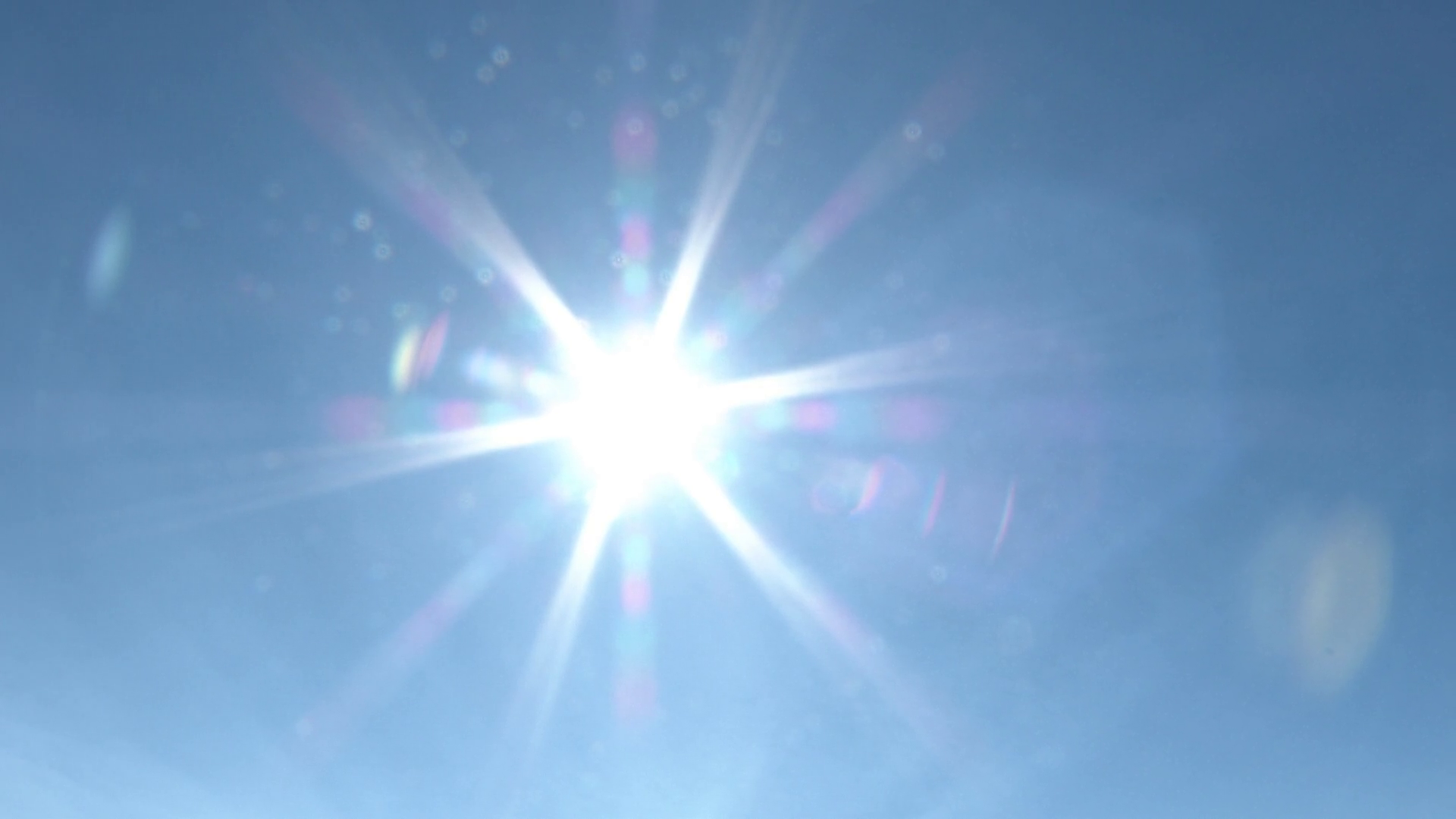


When a strong enough solar flare occurs, ionization is produced in the lower, more dense layers of the ionosphere (the D-layer), and radio waves that interact with electrons in layers lose energy due to the more frequent collisions that occur in the higher density environment of the D-layer. Under normal conditions, high frequency ( HF) radio waves are able to support communication over long distances by refraction via the upper layers of the ionosphere. The increased level of X-ray and extreme ultraviolet (EUV) radiation results in ionization in the lower layers of the ionosphere on the sunlit side of Earth. The sudden outburst of electromagnetic energy travels at the speed of light, therefore any effect upon the sunlit side of Earth’s exposed outer atmosphere occurs at the same time the event is observed. That’s good news for Northern Lights fans, but there could be some serious connectivity and power problems for civilization, especially considering it comes at a time when we’re more dependent on satellite communications than ever before.Solar flares are large eruptions of electromagnetic radiation from the Sun lasting from minutes to hours. Many space watchers forecast an increasing number of sunspots and solar flares between now and sometime in the next few years before activity resumes.īy some accounts, this current solar cycle phase called solar maximum has already been more active than expected and may be one for the record books. The Sun is moving toward the peak of activity in its 11-year cycle of sunspot activity. It also enlarges the aurora borealis and aurora australis, making them potentially more active and visible at lower latitudes.Īll this could be just the beginning. Such space weather could be harmful to spacecraft in orbit and could deliver small doses of radiation to astronauts on the International Space Station. More from forbes A ‘dangerous’ sunspot with major solar flare potential is pointing to Earth By Eric Mack According to NOAA’s Space Weather Prediction Center, the CME is expected to reach the planet by Tuesday and could cause a geomagnetic storm over Earth. The sun gave off several CMEs as well as two strong M flares over the weekend, which move much slower than the particles in the flares.

In the most extreme cases, bursts and bursts of charged plasma called coronal mass ejections (CMEs) can often affect electrical equipment and grids on the ground. However, flares can also briefly disrupt radio and satellite communications in the part of the world that is in line of fire, including navigation systems such as GPS. These bursts of radiation travel at the speed of light, reaching Earth in less than ten minutes, but our planet’s magnetosphere prevents most energetic explosions from reaching the surface. Solar flares are bursts of energetic particles that usually erupt from sunspots on the Sun’s surface. While an X1 is a significant flare, flares up to X28 have been recorded which, according to NASA, overloaded the sensor during the most powerful flare in 2003. Each letter is ten times more powerful than the previous, so an X-flare is ten times more powerful than an M flare and 100 times more intense than a C flare. Flares are grouped by intensity into C, M and X class flares with X flares being the most powerful. The eruption was classified as an X1 class flare, peaking at 4:25 p.m. NASA’s Solar Dynamics Observatory and other Sun watchers picked up an intense X-class flare from our local star on Sunday afternoon, the most powerful burst of energy seen from the Sun since May 10. A powerful X-flare from the Sun as recorded in 2003.


 0 kommentar(er)
0 kommentar(er)
